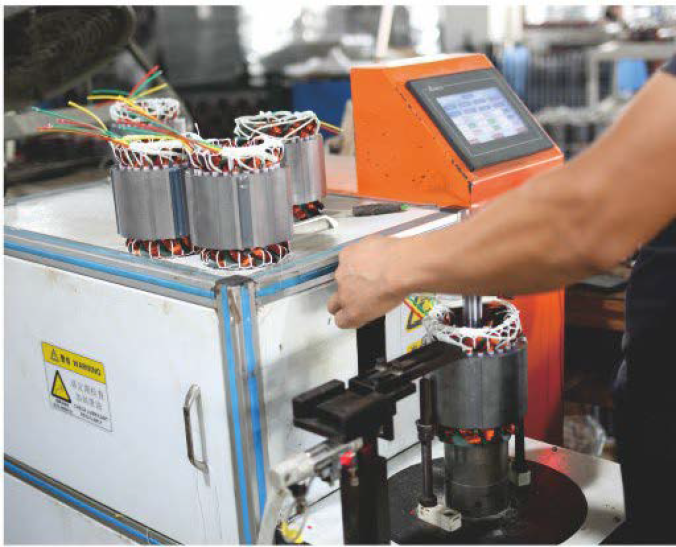The motor generally consists of the following main parts:
Stator: The stator is the fixed part of the motor, usually consisting of a set of windings and an iron core. Windings are the coils wound around the stator core, usually made of conductive material. The stator winding generates a magnetic field through current excitation, which interacts with the rotor magnetic field to generate torque.

Rotor: The rotor is the rotating part of the motor. It can be of different types including permanent magnets, windings, copper strips, etc. The magnetic field of the rotor interacts with the magnetic field of the stator to generate a rotational torque.
Shaft: The shaft is the main shaft of the motor, connecting the rotor and the external load. As the rotor rotates, the shaft transmits the rotational torque to the external load.
Bearings: Bearings support and position the shaft, reduce friction and wear, and allow the motor to rotate smoothly.
Heat sink (Heat Sink): The motor generates heat when it is working, and the heat sink is used to dissipate the heat to keep the motor running within a safe temperature range.
Casing: The casing is the external protective structure of the motor, which is used to protect the internal components from the damage of the external environment and provide mechanical strength.
These are the basic components of a motor, and different types of motors may include other additional components such as fans, sensors, control circuits, etc. to meet specific application needs.


